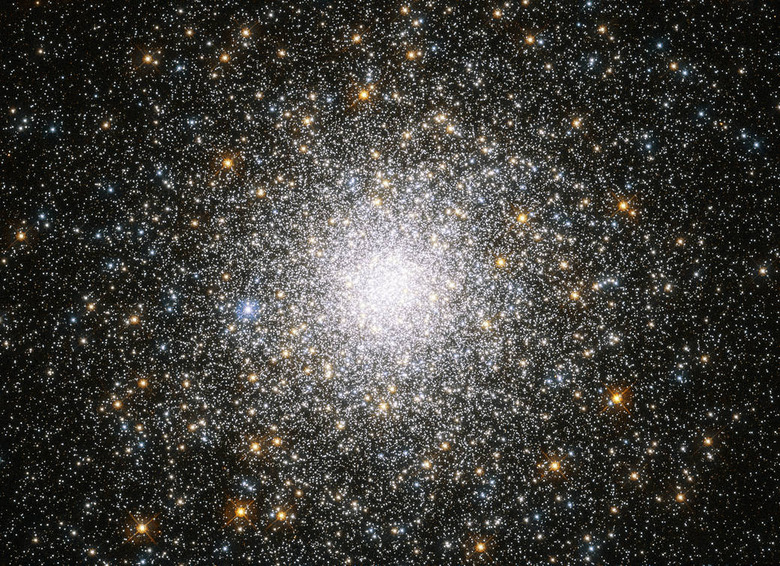Amateur Astronomers May Have Spotted The Second Interstellar Object Ever Found
The astronomy community was buzzing in late 2017 after an object believed to have originated from outside our solar system was spotted speeding around the Sun and back out into interstellar space. Observations of the object sparked a debate among scientists who couldn't decide whether it was a comet, an asteroid, or something else, but one thing was certain: Oumuamua, as the object was named, was not from our neck of the cosmic woods.
Now, in an exciting development that began in amateur astronomy circles, another potential interstellar visitor has been identified, and scientists are getting a very good look at it.
The object, which has been officially named C/2019 Q4 (Borisov), was spotted by astronomer Gennady Borisov in late August. Using early observations, calculations of its trajectory revealed a hyperbolic or saddle-like shape, suggesting that it's not in a typical orbit around the Sun.
A few more diagrams of gb00234. Realize these assume the nominal hyperbolic trajectory is correct. This has yet to be confirmed. The animation is showing a view of the Sun from the comet +/- 120 years.
Here's a sim showing where in our sky it came from.https://t.co/m8MHalo1Qw pic.twitter.com/xZUHizVYNe— Tony Dunn (@tony873004) September 11, 2019
Given its observed movement, the object is expected to pass right back out of our solar system after rounding our star, and that means it's likely a visitor from outside of our solar system, much like Oumuamua was.
Here's a remarkable animation of #gb00234, which may be our second known interstellar visitor, taken by astronomer Gennady Borisov – who discovered the object.
2l/Borisov, perhaps?
(source: https://t.co/vkYXrK6KBC) pic.twitter.com/WObsGj3HJH
— Jonathan O'Callaghan (@Astro_Jonny) September 11, 2019
The discovery was significant enough to warrant a bulletin by the Minor Planet Center highlighting a number of observations made by several individuals.
"Based on the available observations, the orbit solution for this object has converged to the hyperbolic elements shown below, which would indicate an interstellar origin," the Minor Planet Center explains. "A number of other orbit computers have reached similar conclusions."
This is particularly exciting because, unlike the mad scramble to observe Oumuamua after it was already headed back out into space, this object is expected to "be observable for at least a year," according to the MPC, giving scientists lots of time to study it and, hopefully, learn more about its physical characteristics and perhaps even its origins.
